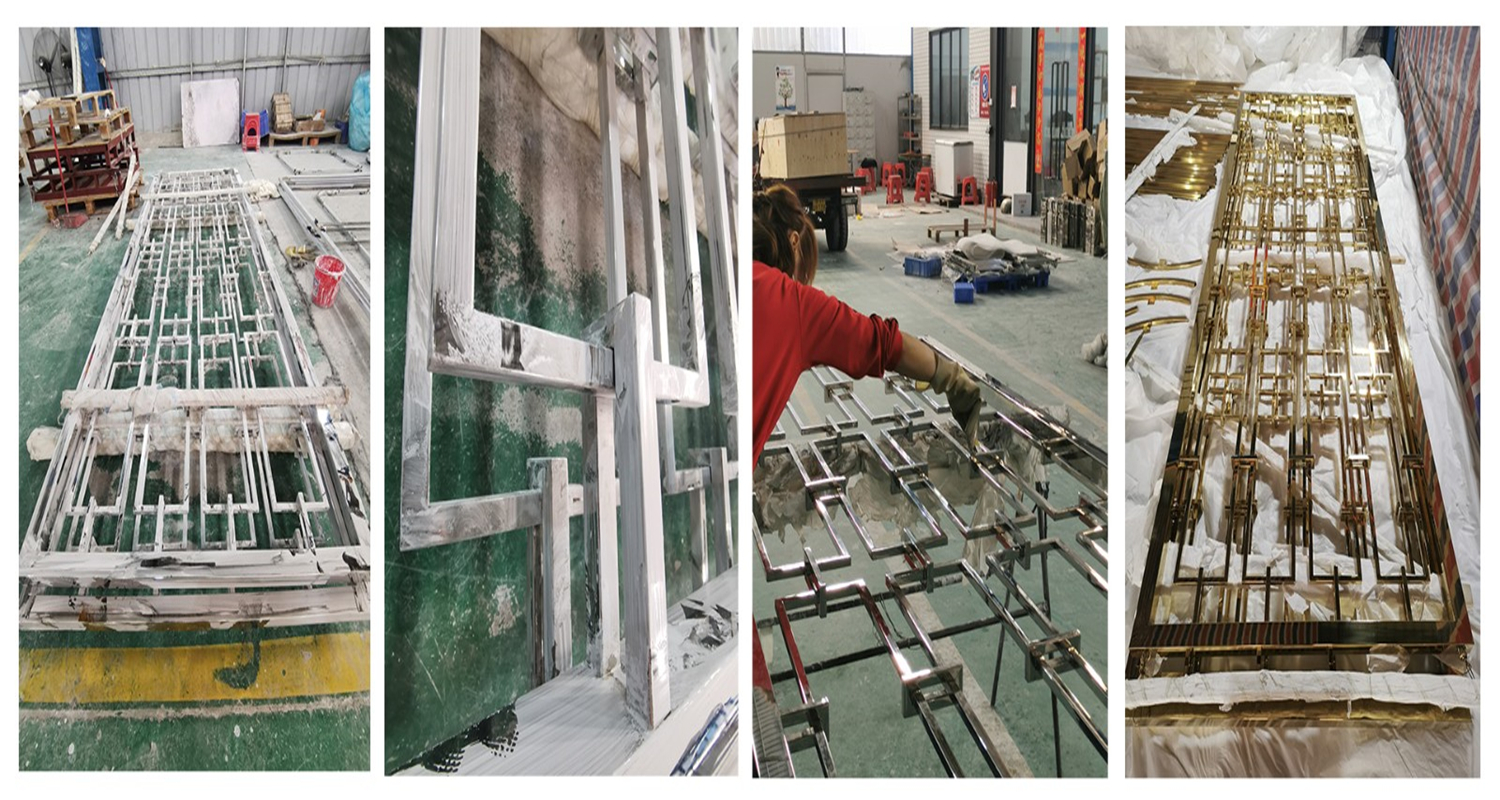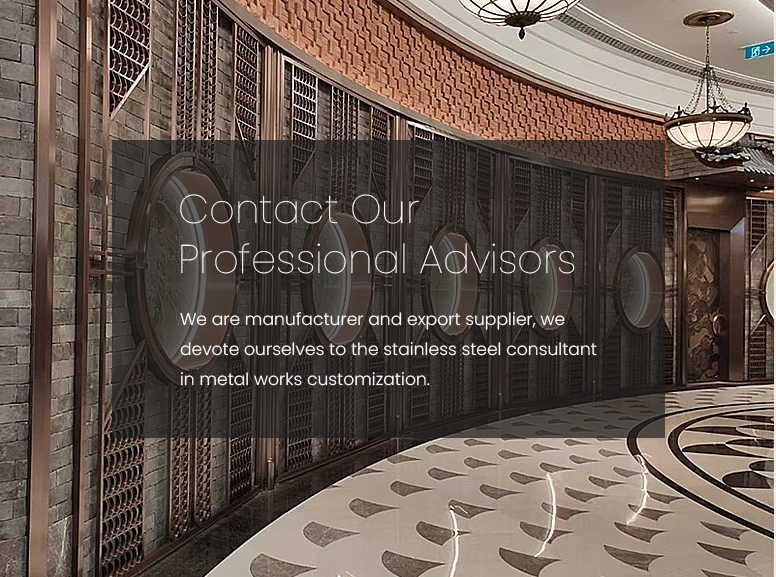1. Weld defects, weld defects are more serious, using manual mechanical grinding treatment method to make up for the grinding marks, resulting in uneven surface, affecting the appearance.
2. The surface is inconsistent, and only pickling and passivation are carried out on the weld seam, which also causes uneven surface and affects the appearance.
3. scratches difficult to remove, the overall pickling passivation, also can not be produced in the processing of all kinds of scratches removed, and also can not remove due to scratches, welding splash and adhere to the surface of the stainless steel, carbon steel splash and other impurities, resulting in the presence of corrosive medium conditions of biochemical corrosion or electrochemical corrosion and rust.
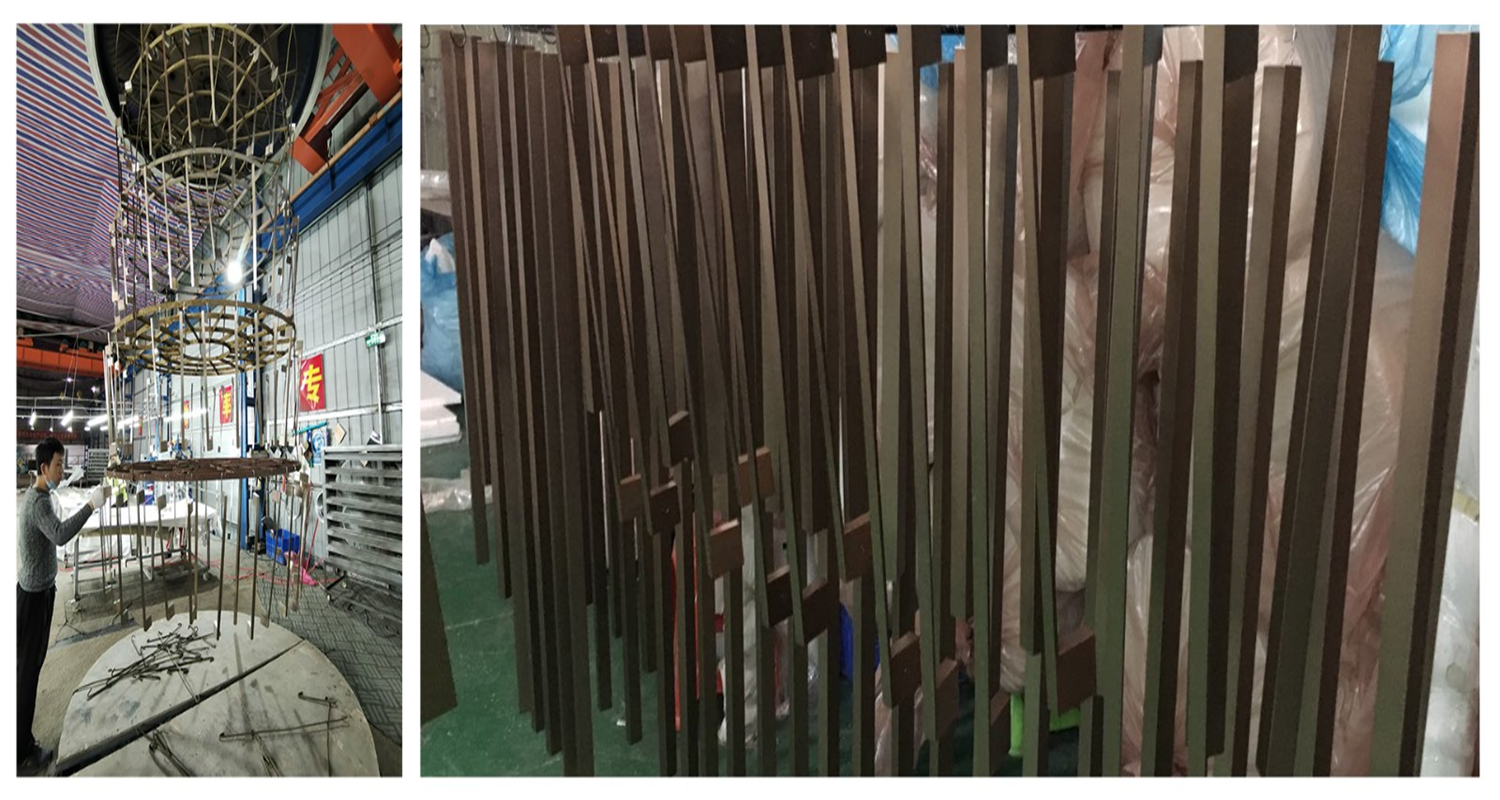
4. The polishing and polishing passivation is not uniform, and pickling passivation treatment is carried out after manual polishing and polishing. It is difficult to achieve uniform treatment effect for the workpiece with a large area, and the ideal uniform surface can not be obtained. And the cost of working hours, accessories costs are higher.
5. Limited pickling ability, pickling passivation paste is not universal, for plasma cutting, flame cutting and production and black oxide scale is difficult to remove.
6. The scratches caused by human factors are more serious, and the scratches caused by human factors such as bumping, dragging and hammering in the process of hoisting, transportation and structural processing are more serious, which increases the difficulty of surface treatment, and is also the main reason for corrosion after treatment.
7. Equipment factors, in the profile, plate bending, bending process, resulting in scratches and creases is also the main reason for corrosion after treatment.
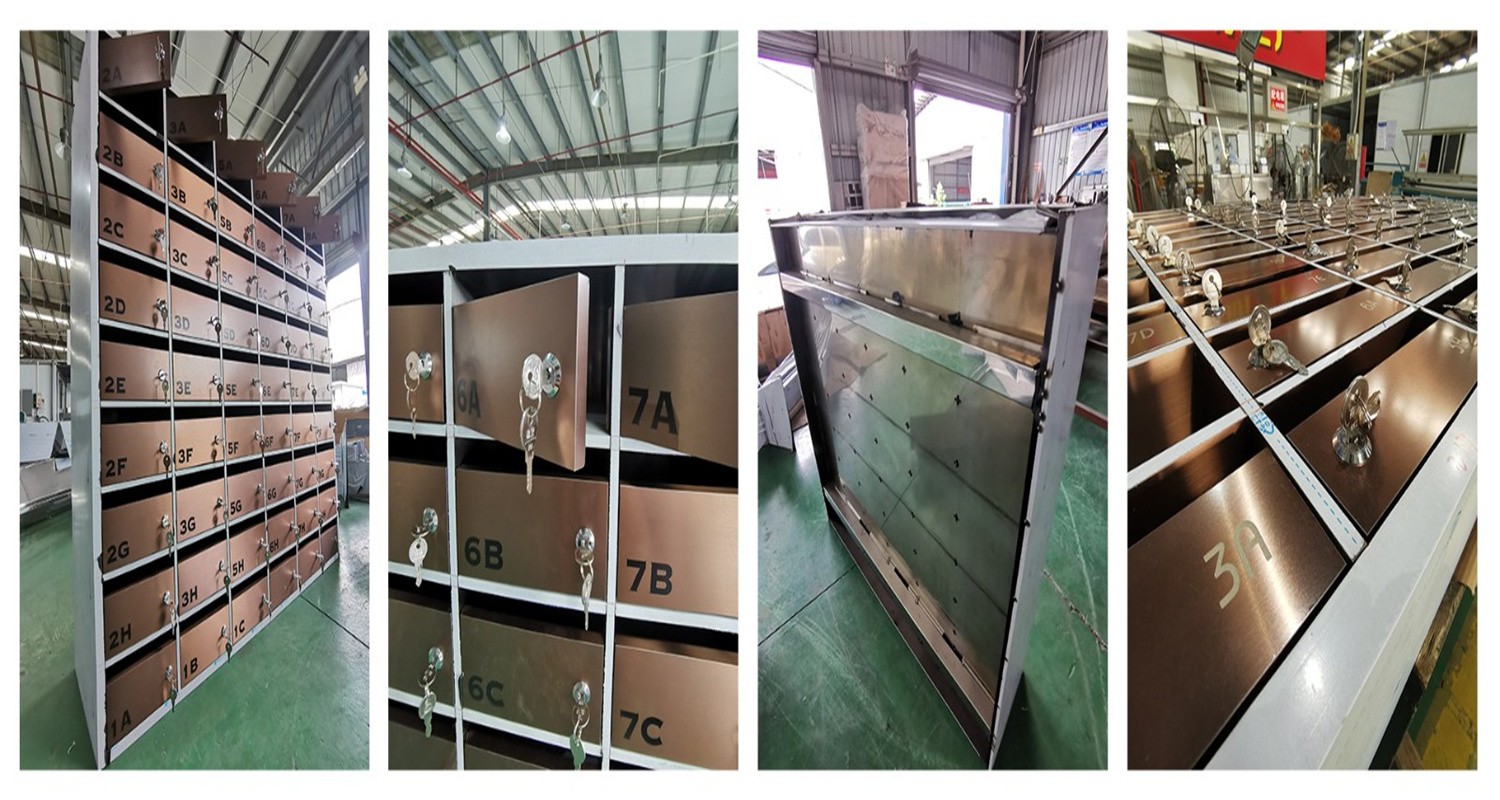
We should take some preventive measure
1.Storage of stainless steel parts: there should be a special storage rack, storage rack should be wood or painted on the surface of the carbon steel bracket or pad with rubber pad, with carbon steel and other metal material isolation. Storage, storage location should be easy to lift, and other materials storage area relative isolation, there should be protective measures to avoid dust, oil, rust on the stainless steel pollution.
2.Hoisting of stainless steel parts: when hoisting, special hanger should be used, such as hoisting belt, special clamp, etc., the use of steel wire rope is strictly prohibited to avoid scratching the surface; And in the lifting and placement, should avoid the impact of bump caused by scratches.
3.Stainless steel parts transportation: transportation, the application of means of transportation (such as car, battery car, etc.), and should be clean with isolation protective measures, to prevent dust, oil, rust pollution of stainless steel. Do not drag, avoid bump, scratch.
4.Processing area: stainless steel parts of the processing area should be relatively fixed. The platform of stainless steel parts processing area should take isolation measures, such as laying rubber pad, etc. The fixed management and civilized production of stainless steel parts processing area should be strengthened to avoid damage and pollution to stainless steel parts.
5.Welding: stainless steel parts before welding must carefully clean the oil, rust, dust and other debris. When welding, argon arc welding should be used as far as possible. When manual arc welding, small current and fast welding should be used to avoid swing. It is strictly prohibited to start an arc in the non-welding area. The ground wire is in proper position and connected firmly to avoid arc abrasion. Anti-splash measures (such as whitewashing) should be taken during welding. After welding, stainless steel (not carbon steel) flat shovel should be used to clean up slag and spatter thoroughly.
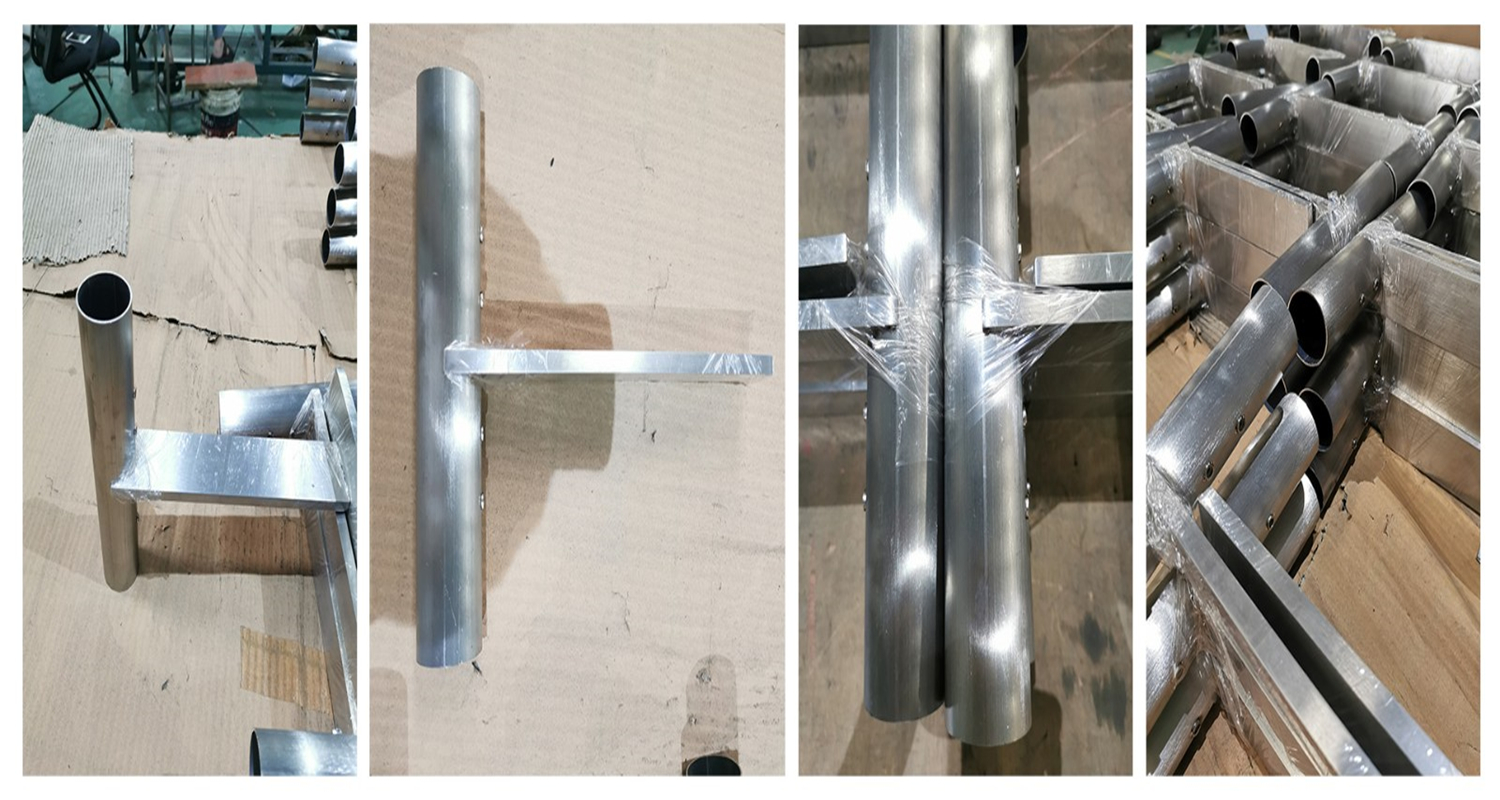
6. Surface Treatment:
Cleaning and grinding: if there is damage, it should be polished, especially the scratches and splashes caused by contact with carbon steel parts, and the damage caused by cutting slag must be carefully and thoroughly cleaned and polished.
7.Mechanical polishing: the proper polishing tool should be used for polishing, and the finish should be uniform, and avoid overthrowing and re-scratching.
8.Oil removal and dust removal: stainless steel parts before pickling passivation, must be removed according to the process of oil, oxide scale, dust and other debris.
9.Water sandblasting treatment: according to different processing requirements, choose different microglass beads, different process parameters, and avoid overspray, etc.
10.Pickling passivation: Pickling passivation of stainless steel parts must be strictly in accordance with the process requirements of passivation.
11.Cleaning and Drying: After pickling and passivation, neutralization, flushing and drying should be carried out in strict accordance with the process to completely remove the residual acid.
12.Protection: stainless steel surface treatment after completion, should do a good job of protection, to avoid personnel touch and oil, dust and other debris of the secondary pollution.
13.Avoid reprocessing: stainless steel surface treatment is completed, should avoid the parts or products of reprocessing.
